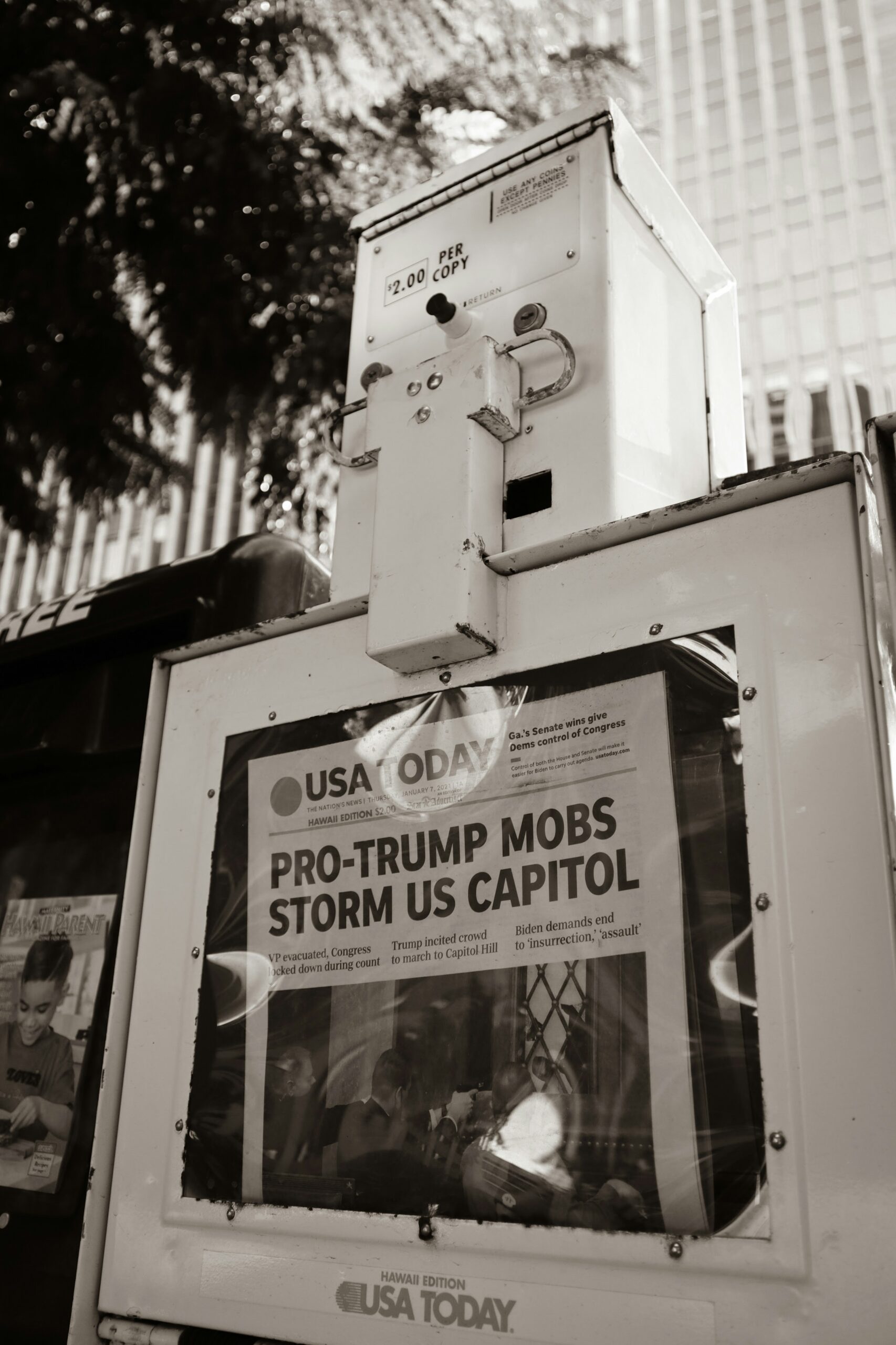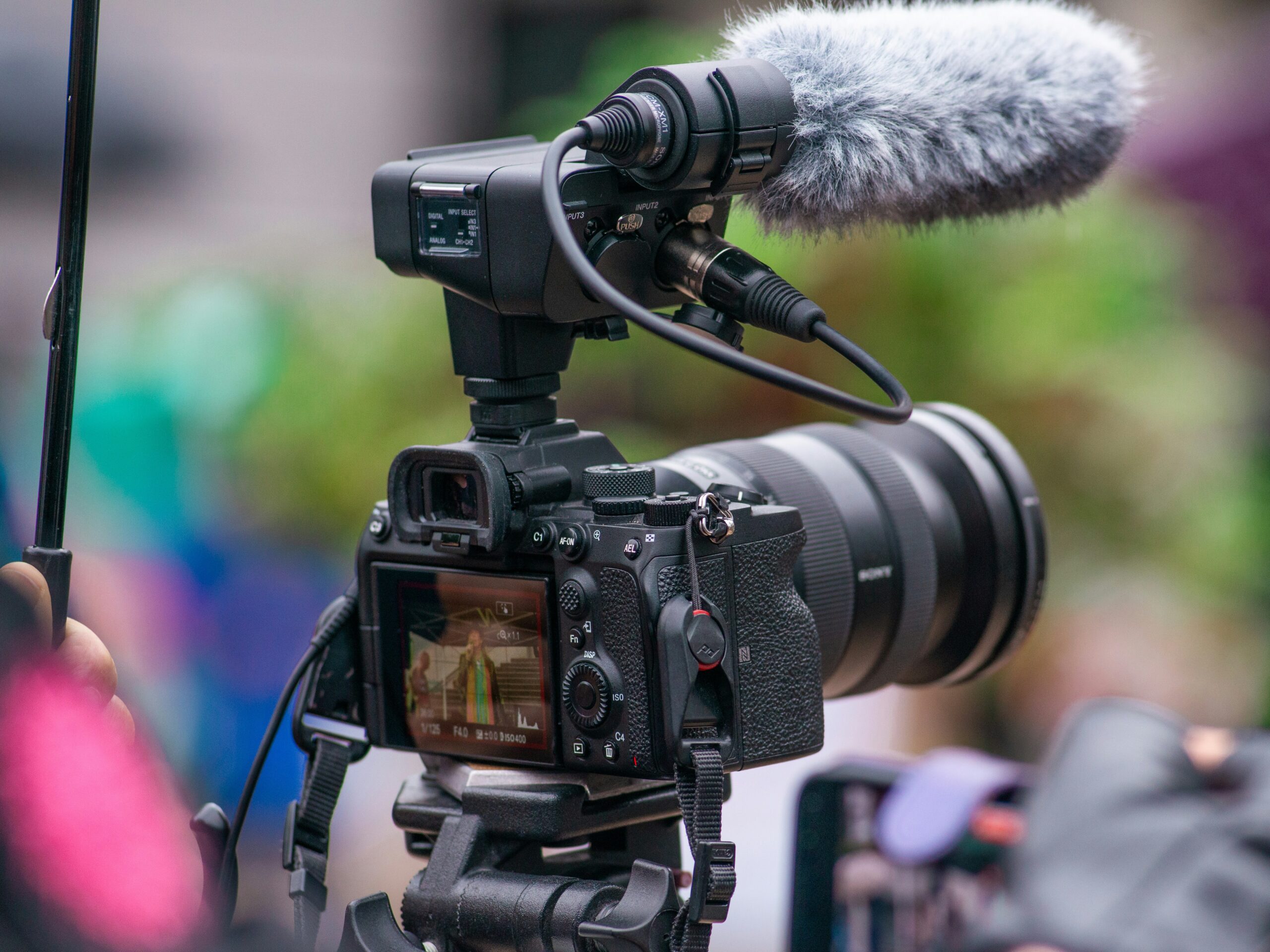Introduction
The attempted assassination of Donald Trump in Butler, Pennsylvania, marked a significant moment in recent political history. This event, steeped in drama and urgency, unfolded with a stark reminder of the volatile nature of political life in the United States. On that fateful day, the public’s attention was riveted as details of the incident emerged, shedding light on the precariousness of political figures’ safety.
The events in Butler were particularly noteworthy due to the involvement of Thomas Matthew Crooks, a name that would soon become infamous. Crooks, whose motivations remain a subject of intense scrutiny, became central to the narrative of this shocking event. His actions not only threatened the life of a former president but also underscored the heightened tensions within the nation’s political sphere.
As the news broke, the immediate impact on the political landscape was palpable. Supporters and detractors of Donald Trump responded with a mixture of shock, fear, and anger, highlighting the deep divisions that characterize the current political climate. The attempted assassination prompted a swift response from law enforcement and security agencies, who worked tirelessly to ensure the safety of all involved and to understand the full scope of the threat posed by Crooks.
This incident also sparked broader conversations about the security measures in place for political figures and the potential repercussions of such high-profile attacks. The attempted assassination of Donald Trump in Butler, Pennsylvania, thus serves as a crucial point of analysis for understanding both the immediate and long-term implications for political security and public discourse in the United States.
Chronology of Events
The attempted assassination of Donald Trump unfolded during a highly publicized rally, adding a layer of intensity to an already charged atmosphere. The timeline of events is crucial for understanding the gravity and immediacy of the situation.
Donald Trump’s rally was scheduled to commence at 7:00 PM at a major venue, drawing thousands of supporters and media personnel. Security protocols were rigorously implemented by the Secret Service well in advance of the event, ensuring a thorough screening process for attendees. The rally began on schedule, with Trump addressing the enthusiastic crowd.
Approximately 45 minutes into Trump’s speech, the atmosphere shifted dramatically. At around 7:45 PM, a commotion erupted near the front of the crowd. Eyewitnesses reported hearing a loud noise, followed by immediate chaos. Trump’s security detail, always vigilant, sprang into action with remarkable speed.
The moment the attack occurred, Secret Service agents quickly surrounded Trump, forming a protective barrier. Simultaneously, other agents moved towards the source of the disturbance, identifying and apprehending the individual responsible. The scene was one of controlled chaos, with agents efficiently managing the crowd and ensuring Trump’s safety.
In the minutes following the incident, the venue was put on lockdown. Attendees were instructed to remain calm as additional security personnel secured the area. Medical teams were on standby, ready to address any injuries among the crowd. The swift and decisive actions of the Secret Service were instrumental in preventing further escalation.
After ensuring Trump’s safety, he was escorted off the stage and taken to a secure location. The rally was subsequently terminated, and an investigation was launched immediately. The subsequent hours were filled with intense scrutiny as authorities pieced together the events leading up to the attempted assassination.
The chronology of these events underscores the importance of meticulous planning and rapid response by security agencies. It also highlights the unpredictable nature of threats in high-profile public gatherings, emphasizing the need for constant vigilance in protecting public figures.
The Shooter: Thomas Matthew Crooks
Thomas Matthew Crooks, the individual identified as the shooter in the attempted assassination of Donald Trump, has a background that raises significant questions about his motivations and affiliations. Crooks, a 29-year-old resident of Ohio, had no prior criminal record but exhibited behaviors that, in retrospect, signaled a potential for violent extremism.
According to law enforcement sources, Crooks had been under the radar of federal agencies due to his active participation in various online forums known for extremist rhetoric. His digital footprint revealed a troubling pattern of engagement with groups that espouse anti-government and anarchist ideologies. Investigators have noted that Crooks appeared to be heavily influenced by conspiracy theories and radical content proliferating on these platforms.
Experts in domestic terrorism have pointed out that Crooks’ case exemplifies the growing threat posed by lone actors who become radicalized online. Dr. Emily Porter, a specialist in extremist behavior at the Center for Security Studies, remarked, “Crooks’ trajectory from a seemingly average citizen to a would-be assassin underscores the potent influence of digital radicalization. His case is a stark reminder of the need for vigilant monitoring of online spaces where extremist views can flourish unchecked.”
Motivations behind Crooks’ actions are still being pieced together, but preliminary assessments suggest a complex interplay of personal grievances and ideological fervor. Law enforcement officials have discovered a manifesto in his possession, which outlines a belief system steeped in anti-establishment sentiments and a perceived duty to act against what he viewed as corrupt political figures. This document has been instrumental in providing insights into his mindset and planning process.
In the weeks leading up to the assassination attempt, Crooks had reportedly become increasingly isolated, withdrawing from family and social circles. Neighbors and acquaintances described him as quiet but noted a noticeable shift in his demeanor, characterized by growing paranoia and agitation. This behavioral change, coupled with his online activities, paints a picture of an individual who was spiraling into a dangerous mental state.
Law enforcement agencies continue to investigate Crooks’ connections and any potential support networks that may have facilitated his actions. As more details emerge, it becomes clearer that addressing the root causes of such radicalization is critical to preventing future threats of this nature.
Immediate Response and Security Measures
The attempted assassination of Donald Trump prompted an immediate and highly coordinated response from the Secret Service and other security personnel. As soon as the threat was identified, agents swiftly moved to shield Trump, forming a protective barrier around him. Utilizing advanced training and protocols designed for such high-profile threats, they ensured the President’s safety by escorting him to a secure location within seconds.
The Secret Service employs a multi-layered approach to security, which includes surveillance, intelligence gathering, and rapid response tactics. During the incident, agents were able to quickly neutralize the potential threat, thanks to their rigorous training and preparedness. Other security personnel in the vicinity were also mobilized to control the situation, ensuring no further risks were posed to Trump or those around him. The area was immediately secured, with perimeters established to prevent unauthorized access and to facilitate a thorough investigation.
Medical teams on standby reported no injuries sustained by Trump or his immediate entourage, although the psychological impact of such incidents is always a concern. The Secret Service’s protocol for high-profile threats includes immediate medical assessment to rule out any potential harm. Additionally, forensic teams and investigators were quickly deployed to gather evidence and understand the nature of the threat, ensuring a comprehensive analysis of the incident.
The established protocol for high-profile threats involves a series of predetermined steps designed to minimize risk and ensure the safety of the protectee. These procedures include the rapid evacuation of the individual to a safe location, the swift identification and neutralization of the threat, and the establishment of secure perimeters. The response to the attempted assassination of Donald Trump exemplified these protocols in action, highlighting the effectiveness of the Secret Service’s security measures in protecting high-profile figures.
Public and Political Reactions
The attempted assassination of Donald Trump elicited a broad spectrum of reactions from the public, political figures, and the media. The immediate aftermath saw an outpouring of concern and condemnation from various quarters, reflecting the gravity of the incident.
Donald Trump himself, in a statement shortly after the event, expressed gratitude for the swift actions of his security team and law enforcement. He emphasized resilience and unity, urging the nation to remain strong in the face of such threats. Melania Trump and other family members echoed his sentiments, expressing relief over his safety and thanking supporters for their well-wishes.
Political allies of Trump were quick to denounce the act. Prominent figures such as Senator Lindsey Graham and Representative Matt Gaetz issued statements condemning the violence and calling for a thorough investigation. They underscored the need for heightened security measures to protect public officials. On the other hand, political opponents, while condemning the violence, used the opportunity to call for a more nuanced discourse around political disagreements, highlighting the importance of addressing the underlying causes of such extreme actions.
The media coverage was intense and pervasive. Major news outlets provided round-the-clock updates, analyzing every aspect of the incident. The coverage ranged from detailed reports on the specifics of the assassination attempt to broader discussions on political violence in America. Social media platforms were inundated with reactions, with hashtags related to the event trending for several days. Opinions varied widely, with some users expressing outrage and others speculating on the motives behind the act.
This incident has undeniably sparked a significant conversation about political safety and the state of public discourse in the United States. The extensive coverage and diverse reactions underscore the complexities of navigating such a tense political climate.
Investigation and Legal Proceedings
Following the assassination attempt on Donald Trump, law enforcement agencies swiftly initiated a comprehensive investigation to uncover the details surrounding the incident. The primary objective was to gather evidence and identify the individual or individuals responsible for the attack. Federal and local agencies, including the FBI and Secret Service, collaborated closely to ensure a thorough and meticulous examination of the scene, potential motives, and any accomplices.
Thomas Matthew Crooks was quickly identified as the primary suspect in the case. Authorities arrested Crooks, and he was charged with multiple offenses, including attempted assassination, possession of illegal firearms, and conspiracy against a federal official. The charges were based on substantial evidence, including forensic analysis, eyewitness testimonies, and digital footprints linking him to the crime.
In the initial court appearances, Crooks pleaded not guilty to all charges. The legal proceedings have since moved forward with pre-trial motions and hearings. The prosecution has presented a robust case, highlighting the gravity of the offenses and the potential threat to national security. The defense, on the other hand, has challenged the evidence, questioning the validity of the forensic findings and the reliability of the witnesses.
As of now, the case remains in the pre-trial phase, with both sides preparing for a potentially lengthy legal battle. The court has set dates for further hearings, and a trial is anticipated in the coming months. The legal proceedings are being closely monitored, given the high-profile nature of the case and its implications for national security and political stability.
The investigation and subsequent legal actions have underscored the importance of vigilance and the rule of law in addressing threats to public figures. The outcome of the trial will likely set a precedent for handling similar cases in the future, emphasizing the need for a balanced approach between security measures and the protection of individual rights.
Impact on Trump’s Presidency and Future Campaigns
The attempted assassination of Donald Trump has undeniably had profound implications on both his presidency and future political endeavors. This event has not only intensified the scrutiny of public perception but also significantly altered the dynamics of Trump’s approach to security at public events.
From a political standpoint, the assassination attempt has galvanized a segment of Trump’s supporter base, reinforcing their belief in the existence of a deep-rooted conspiracy against him. This perception has been echoed in various conservative media outlets, which have framed the incident as a testament to the lengths some would go to undermine Trump’s influence. Consequently, this has strengthened Trump’s narrative of being an embattled figure fighting against an entrenched establishment.
However, the incident has also raised serious concerns among the general public and political analysts about the safety and security measures surrounding political figures. The heightened threat level has necessitated a comprehensive overhaul of security protocols for Trump’s future public appearances. According to security experts, the Secret Service and other protective agencies are now likely to implement more stringent measures, including more rigorous vetting processes and advanced surveillance techniques, to preempt any potential threats.
Expert opinions diverge on the potential political fallout of this event. Some analysts suggest that the attempted assassination could engender a sympathy vote, potentially boosting Trump’s appeal among undecided voters who view him as a resilient figure. Conversely, others argue that the increased focus on security might restrict Trump’s ability to connect with his base through large, unfiltered rallies, which have been a cornerstone of his political strategy.
The broader implications of this event on Trump’s presidency and future campaigns are multifaceted. While it has fortified his support among loyalists, it has also necessitated a strategic recalibration in terms of security and public engagement. As the political landscape continues to evolve, the true extent of this incident’s impact on Trump’s political trajectory remains to be seen.
Conclusion and Reflection
The attempted assassination of Donald Trump stands as a stark reminder of the volatile and often dangerous nature of political life in the United States. Throughout this blog post, we have delved into the intricate details surrounding the incident, examining both the immediate events and the broader implications. Our exploration began with an overview of the circumstances leading up to the attempt, shedding light on the motivations and actions of the perpetrator. Additionally, we scrutinized the security measures in place and the responses from various sectors, including law enforcement and political allies.
This event holds significant weight in American political history, not merely as an isolated act of violence but as a reflection of the intense polarization and sometimes extreme reactions that characterize contemporary political discourse. Assassination attempts, while rare, serve as pivotal moments that underscore the vulnerabilities inherent in political leadership. They force a reevaluation of security protocols and prompt discussions about the balance between accessibility and safety for public figures.
Moreover, such events inevitably shape the narrative around political figures. In the case of Donald Trump, the assassination attempt may reinforce the perceptions held by his supporters regarding the adversities he faces, potentially galvanizing his base. Conversely, it also highlights the contentious environment surrounding his presidency and the deep-seated divisions within the nation. These narratives contribute to the historical legacy of political leaders, influencing how they are perceived both in the present and by future generations.
In reflecting on this incident, it is crucial to acknowledge the broader context in which it occurred. Political violence, while condemned universally, is a symptom of deeper societal issues that require address. By understanding the causes and consequences of such actions, we can better navigate the complexities of ensuring the safety of political figures while fostering a political climate that prioritizes dialogue and democratic principles over divisive rhetoric and violence.


